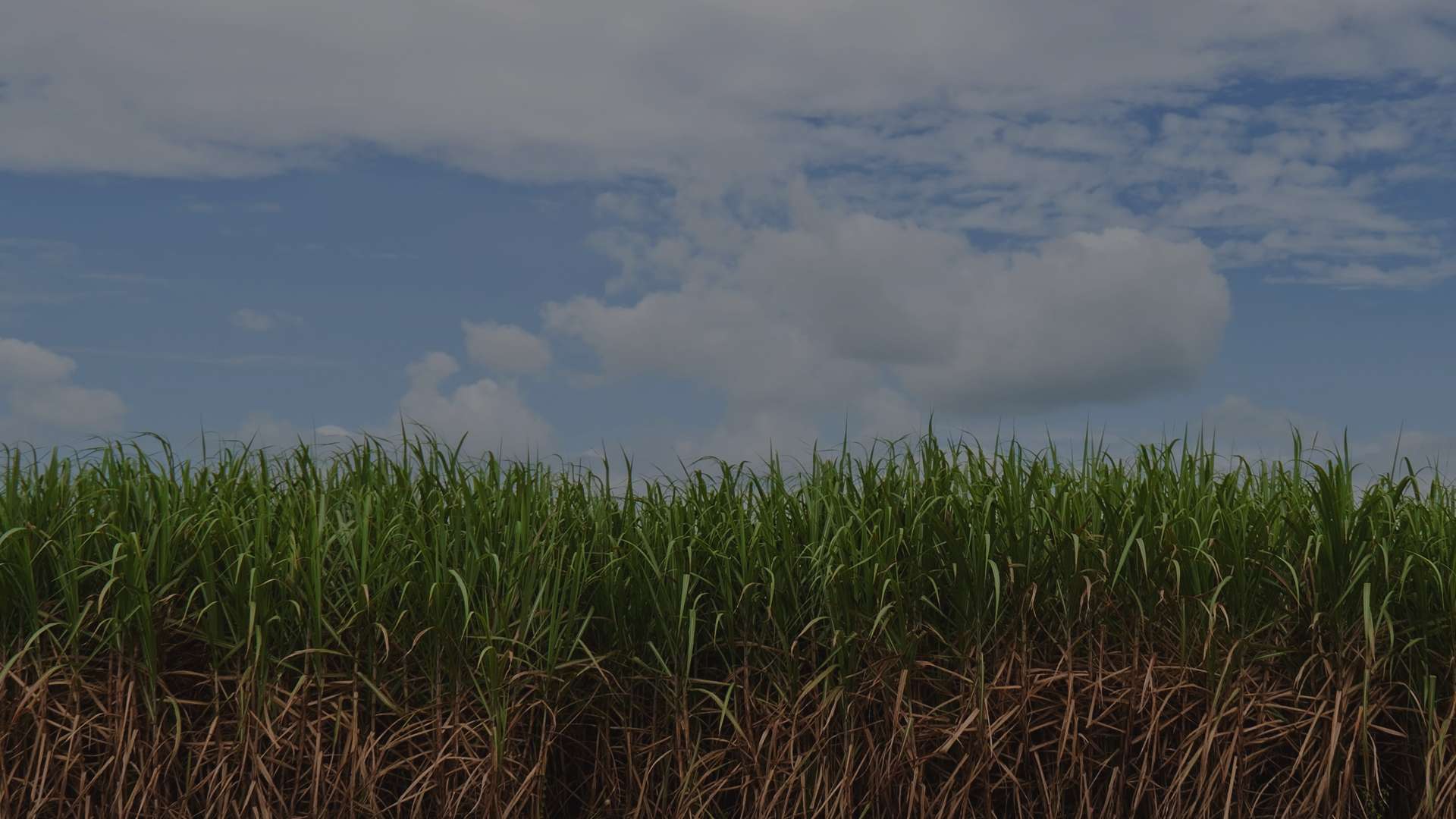CE+P's sugarcane Essential EthanolTM production has location advantages, will have lower feedstock costs, premium ethanol prices and higher co-product value.
Why Sugarcane?
As illustrated by Brazil's world-leading ethanol production and export industry, sugarcane ethanol has proven to be a tremendous source for sustainable biofuels. The time is right for sugarcane ethanol in California:
- Greater than 13:1 clean renewable energy produced per unit of fossil energy used
- More than 95% potential reduction of greenhouse gases
- A non-food feedstock
- Year-round growing and harvesting, and a higher crop yield
- Preferred treatment as an Advanced Biofuel under the Renewable Fuels Standard (RFS)
- Valuable co-products such as green electricity
A technical analysis of CE+P's prospective sugarcane-derived ethanol using the California-modified version of Argonne National Laboratory's latest Greenhouse Gases, Regulated Emissions, and Energy Use in Transportation (GREET) model was conducted. The analysis indicates that the CE+P fuel pathway, including electricity as a co-product, would emit 95.2% fewer greenhouse gases (GHG) on a full fuel cycle basis than gasoline when consumed in California.
CE+P's sugarcane ethanol production has location advantages, will have lower feedstock costs, premium ethanol prices and higher co-product value and will use much less water than conventional corn-based ethanol plants, whether in the Midwest or California. CE+P will meet California sustainability criteria as well as those being formulated worldwide: CE+P will produce renewable energy that will help California address environmental issues and bolster California's economy, while not depleting natural resources.
For California and the United States, now is the right time for the right renewable energy resource, sugarcane.
Sugarcane in California
By partnering with established Imperial Valley farmers and being advised by world-renowned sugarcane experts, CE+P is now growing multiple sugarcane varieties for use by its first facility. Once the facility commences operation, California sugarcane-to-ethanol-and-electricity will grow to be the right sustainable, renewable resource for biofuels and green power in California.
Sugarcane has been successfully grown in California's Imperial Valley for decades. The soil is relatively rich with deep alluvial clay loam and, with the availability of irrigation water due to the Imperial Valley’s priority allotment of water from the Colorado River basin, is well-suited for farming. In fact, the area is recognized as one of the most productive agricultural areas of the world. Due to the dry climate, intense sunlight, and irrigation, Imperial Valley sugarcane can be planted and harvested year-round, unlike Florida, Louisiana and Texas, where rain limits the harvesting season to six months.
The University of California Riverside and the Desert Research & Extension Center conducted a research project to evaluate twenty-two commercially grown varieties of sugarcane for suitability to the Imperial Valley. The results were impressive: The research trials produced sugarcane varieties with average yields of 47 tons of millable cane per acre per harvest.
How It Works
1
Plant
CE+P will propagate its own seed sugarcane from proven varieties and contract for the growing of its sugarcane feedstock. To plant a new field, billets (which are 18- to 24-inch sections cut from mature sugarcane stalks) are planted in closely-spaced groups of three in rows 60 inches apart.
2
Harvest
The billets grow into mature 8- to 11-feet high stalks in 9 months. Each acre of mature sugarcane yields enough seed sugarcane to plant up to six acres of new sugarcane growth. The mature sugarcane is then mechanically harvested by cutting the stalks an inch or two above the roots.
3
Re-Harvest
The remaining roots with an inch or two of stalk, or "ratoons," are then re-grown to maturity in another 9 months, at which point the stalk can be harvested again. This process can be repeated several times with successive cuttings referred to as "first ratoon, second ratoon," and so on. Based on extrapolation from sugarcane grown in Texas and Louisiana, as well as Imperial Valley experience, CE+P is conservatively projecting that each sugarcane stand will remain productive through the planting year and five ratoons. Unlike annual crops such as corn, sugarcane is replanted every 5-7 years.
4
Extract
After being mechanically unloaded from the delivery trucks, the sugarcane will be shredded to open up the juice-containing cells, and pressed to extract 97% of the juice.
Want to learn more about renewable ethanol energy? See our Resources page for educational materials and local and federal information.

